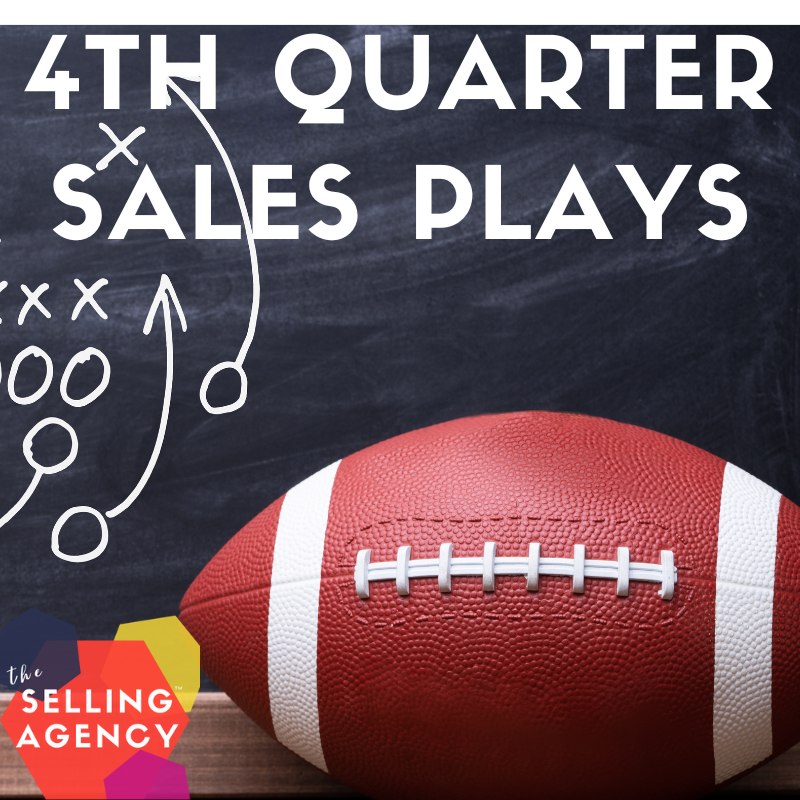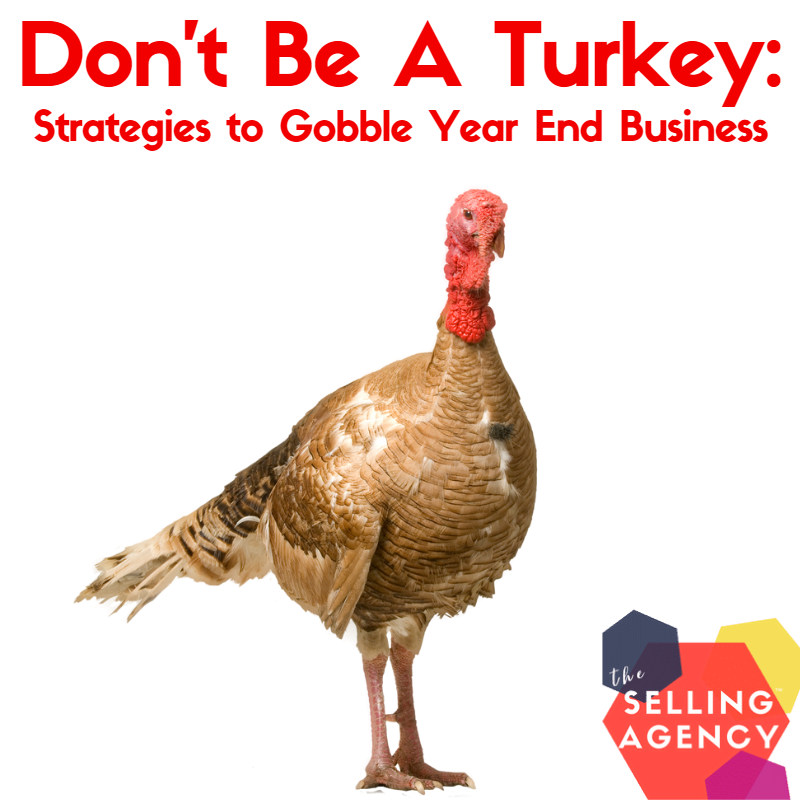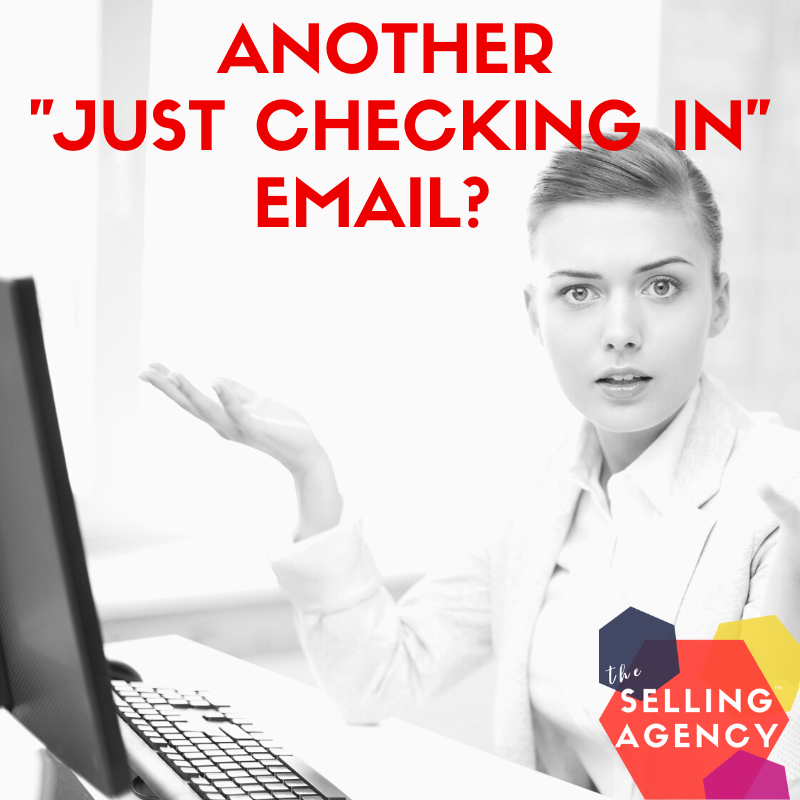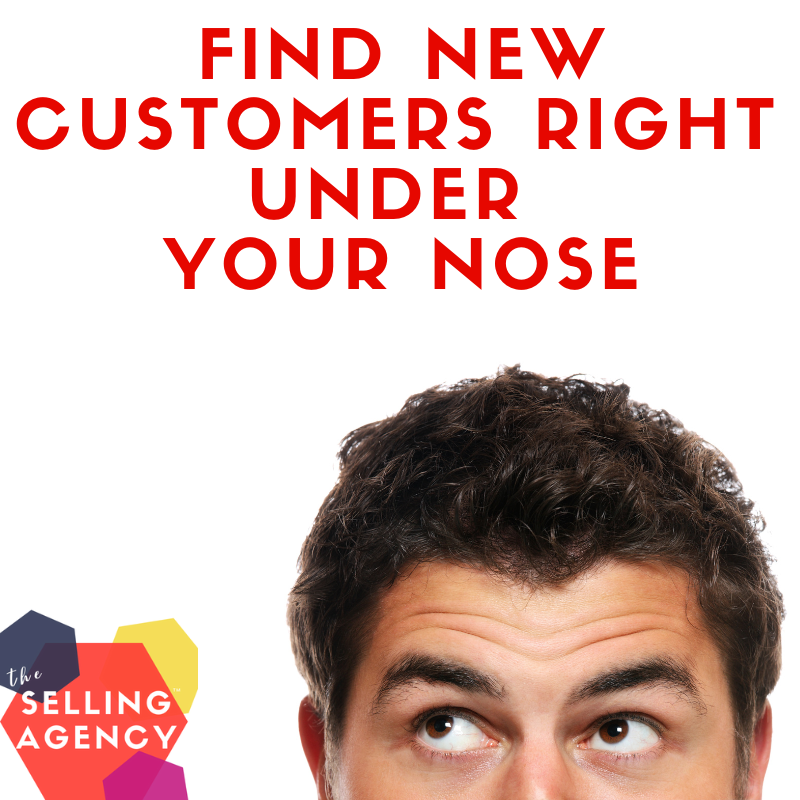For years, to become better at Sales and Selling, sales people and business owners have focused on closing techniques or perfecting their pitch and offers.
With the big flip in control of the sales process transferring to the buyer, in order to become better at selling now, we must study what factors influence how and why we buy. In previous blogs, we talk about what customers demand in their vendor/business relationships {4 Tenets of Modern Consumers} as well as how “Sales Technique” is really becoming antiquated and Selling is less about manipulation and more about Human Connection.
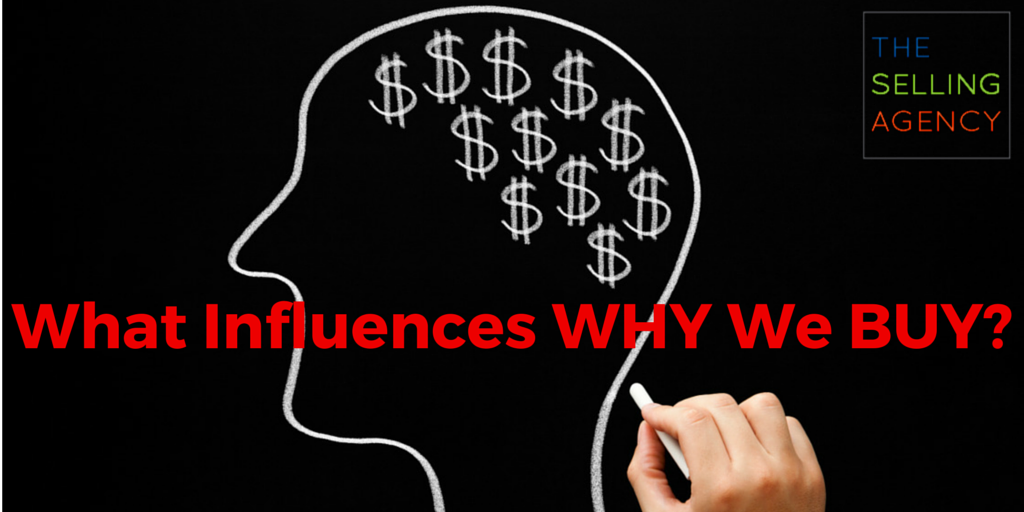
There are other factors to consider when understanding buying. These last 5-10 years have seen significant changes in the influences driving consumer
purchasing behavior. And “selling” to modern consumers has changed dramatically too, however, from our insight into our clients organizations and what we’re hearing about selling, in general, is that Sales as a profession, has been slow to realize and adapt to the changes.
This spells out BIG, mega opportunities for differentiation and market growth for companies that put the time and effort in to harnessing the power of these influences and driving forces: Biology, Psychology, Sociology & Technology.
Biology
Studying biology or buying decisions is not anything radically new, however having a better understanding of the way we take in information, process it and make decisions helps us understand some of the basic and fundamental truths we experience as buyers.
Our advance, homosapien, brain, “The Neocortex”, is where we process language, rationalize and analyze incoming information. It is NOT, however, where we make decisions.
“The Lymbic System” is where we generate “feelings” and our subconscious brain lives here — keeping us breathing, remembering how to stay alive without thinking about it. This “cave-man” brain is where we make our decisions.
So, though you can analyze, rationalize and itemize like Einstein, if your “gut” feels it’s not right, you’ll fight that decision. We tend to go with our instinct, intuition, gut — our “feeling” first and then rationalize the decision to back up our choice.
Why is this important when you’re selling? Because if people don’t have a good “feeling” ie — “Trust” about you, you’ll most likely never influence the decision to buy you.
It’s this “feeling” brain that really brings us on board or turns us off when we make choices. Because we truly base our decisions on feeling instead of analyzing, our choices reflect our most personal values and character — even in business.
Think about the business choices or purchases every day that you feel good about making? Do you “shop local” because you want to support your neighbors and community economy? What about buying a certain brand of shoes because they give a pair to someone under privileged? Or what about corporate purchasing decisions that are driven by a vendor’s “carbon footprint”?
None of these are examples of price motivated decisions {though costs are always considered, you may pay more because you share values}. These are examples of doing business with people who believe what you believe. Customers don’t buy WHAT you do; they buy WHY you do it.
How do you leverage BIOLOGY in Selling?
Don’t seek to sell, seek to understand and earn trust.
To quote various entrepreneurial sharks — “Don’t start a business, find a problem and solve it.” Understand your customers’ problems and work to solve those. Earning trust doesn’t mean you’re altruistic, it means selling something someone values and is mutually beneficial. Earning trust is about helping people buy instead of selling to them. Helping people buy is providing insight and information, being visible, vocal and a leader in your industry, not a sales person trying to hit your quota.
Be transparent and authentic.
Knowing why you started your business and openly sharing your beliefs, perspective and passion, gives buyers the opportunity to connect their values to your values which makes you valuable. Doing what you say you’ll do and living your core values authentically builds credibility and trust — both which speak to buyers’ “gut feeling” and help them make decisions to buy you.
Psychology
Remember that “primitive” brain in charge? Yeah, the one making decisions for us? Another important function it provides is alerting us to danger — putting us on alert and creating “fear” {my least favorite “F” word}.
Our sense of fear still functions in much of a “maintain survival” mode — which makes many of our responses basic or primitive in nature but disproportionate to the amount of actual risk involved in a choice.
For example, you have to stand up in front of your colleagues and recap your division’s quarterly progress, your “fear” alert reacts primitively like you’re going to leave the cave and there are hungry bears outside waiting to eat you. This response has you sweating, feeling sick to your stomach and wanting to pass out or run. However, what really could happen is you mess up a few words, you look nervous and people think you’re not the greatest presenter. Chances of death, being mauled, losing your job or even falling down are slim to none but your brain and your body fear the worst.
This disproportionate perception of risk is probably the BIGGEST champion of your enemy and mine: The Status Quo.
Maintaining, keeping, fighting for the Status Quo is the neutral gear most buyers operate in — especially in Business to Business channels. The known is safe. More of the same yields fewer unfavorable surprise outcomes.
Making a switch to a new vendor, a new brand a new company carries much risk. Fear of making a bad decision is more powerful than making a good decision. We will make more decisions influenced by the Fear of loss than making choices that lead to potential gains.
How do you leverage Psychology in Selling?
Share control with customers.
Developing products and solutions to problems with your customers gives them a feeling of control in their outcome. Fewer surprises, more communication and collaboration are not only comforting, but they yield more satisfied customers that had very positive experiences and are more willing to share those positive experiences {And P.S. — You’ve just created advocates}.
Lower perceived risk
Again, transparency and authenticity do a tremendous job at lowering a customers’ perceived risk. Being transparent and authentic means being vulnerable yourself. Show your face, your humanness, your caring and humorous nature. Introduce other team members — let buyers understand and appreciate the experience and expertise that goes with working with you and your company. Customer stories and real examples bring risk in to context for buyers so they can relate and see themselves in your solutions.
Sociology
Relating our experiences — as with story telling — goes back to our talk of Cave Man days. Word of mouth marketing is pretty much the same as drawing symbols on the cave where “Ug tells Grugg where to find the best moss for making cave pillows.”
Our socialization in the way we relate and trust business has changed tremendously in the last 20 years thanks to technology and the internet.
Our access to people and information has reformed the notions of “community” and transcended physical and geographical limitations. Common interests, causes and passions are now often the glue bonding people to other people. There really is somebody for everybody. The sense of belonging isn’t restricted to neighborhoods, chambers or states — we can talk and socialize with people all over the world. In fact, over 80% of the world’s online population can be reached via a Social Network.
Our ability and desire to build and maintain meaningful connections with anyone over anything goes beyond our personal and social experiences and carries over to be the new “norm” or expectation in ALL our experiences — both personal and professional, business and pleasure.
Customer experience is now a major differentiating factor in business. When all other variables are relatively equal — price, terms, delivery — the vendor that delivers the best experience, wins the customer.
And whether your social circles are your church groups or a forum for cricket farmers, the new norm is to share those experiences — good and bad, with those audiences. Our social circles are where we seek information and insight to make purchasing decisions – lowering risk through understanding other’s experiences. “Social proof” is word of mouth advertising like we’ve never seen before.
It’s so powerful because with increased technology and transparency, our trust in companies, advertising and corporate scripted messages is extremely low. Big companies have been exposed for false advertising, lying, cheating shareholders, scandals, immoral practices, et cetera. In reality, the bad behavior that has broken consumer trust is a miniscule fraction of business, but because it’s so visible and so accessible now, consumers are wary. Buyer to company trust is only at 33% whereas Buyer to Buyer trust is at a 92% threshold. We will take trust the word of a stranger or acquaintance over what YOU say about your company.
How do you leverage Sociology in Selling?
Design your interactions and customer experience from the customers’ perspective.
We presume too much about what customers want from us or what they find valuable and useful. Ask your customers how they want to communicate with you and what they want to know about you, your company, your product and or offers. Understand how you fit in to their bigger problems and be a part of their total solution. No purchase is ever made in a vacuum. If you sell fleet pickup trucks, your customers also make purchases of bed liners, tool boxes, gas cards, and hitches. If you’re an HR consultant, your clients also makes decisions about employee benefits, payroll and legal. Agile businesses design experiences and engagements to reflect the reality and context of their customers. Becoming a part of your customers’ “community” makes it easier to build trust – and easier for them to buy from you.
Focus on building advocates for your business.
Make it really easy for people to find your and choose you. Where are your customers “hanging” out — online and in person? Who are they asking advice from about purchases? Be there, be of value to them and engage with them. Give your clients the words, tools and channels to advocate for your business and you must ask your advocates to be vocal about their great experiences. Everyone wants to give great advice, be validated by making great recommendations so help your advocates refer you in a way that makes them look smart and helpful.
Technology
The biggest factor in how buying has changed in recent years has been technology. And this is the factor that has thrown sellers the biggest loop. Technology gives us the access to vast amounts of information and shifts leverage of the buying journey to the buyer. Sellers today are ineffective when they show up with a binder, brochure or presentation to introduce buyers to their products. Buyers don’t need you to start at the beginning. They most likely know everything about your company, your product or your market before they meet you. Buyers are 57% to 70% through their buying process before they engage sellers — on their terms, on their time line, with their own buying criteria. This leaves little room for sellers to influence their buying decision.
Technology brings huge benefits to us as consumers. We can research the owners of companies, find who sits on boards of directors of non profits and make informed decisions about doing business with companies that share our values or provide us the most value. Technology allows us immediacy, instant access and can remove many of the “service” barriers {or in some instances, makes things worse}.
Social technology use has given customers more leverage to call out bad business, demand answers and solutions and has provided a venue to voice opinions about poor service as well as rave about great experiences. Technology can shorten the distance between big business, small business and consumers — leveling the playing field in many instances. Many businesses large and small are doing a fantastic job of expediting service issues by “listening” and being available on social media. Those who aren’t evolving and adopting social technology strategies will be replaced or left behind.
How do you leverage Technology in Selling?
Leverage the internet to reach and influence your customers before they need you.
If your customers aren’t finding you in the internet, you don’t exist. Not only do you need to be “found” but you need to contribute to your customer’s research process. Providing the basics about your product or service is barely scraping by now. Dive deeper in to your customers’ problems to give them data, science, opinion, perspective and expertise. This can be a blog, white papers, case studies, portfolios or videos on your website. It can also be contributing answers or perspective to a forum where your buyers are asking questions or engaging with them on twitter, LinkedIn or Facebook — wherever they hang out or do their purchasing research. Being visible and valuable to help them buy is how you influence their purchasing decisions. It’s a combination of efforts in marketing, selling, social media and buyer persona that contributes to your Audience Development efforts. It takes a lot more work on the front end to get in to that early 57% of their decision making process but if YOU are the one to help them research, you’re establishing trust and credibility and making it very easy for customers to choose YOU.
Be responsive, available and leverage technology and social media to get closer to your buyers.
One of the most difficult things for businesses to quantify is the Return on Investment for using Social Media. This is because it’s not a linear process like the sales journey used to be. It’s more like circular layers of influence. However, here’s how to make it easy. Every Social Media channel has basic free platforms. Technology to schedule, analyze and maximize social media cost pennies when looking at it to scale, so your main investment is time. You can’t afford NOT to do it. Consistently using social media in business is not an option any more. The statistics about buyers looking for referrals, recommendations and research via social media is mind blowing and growing every day. Figure out which social platforms are the best fit to reach your target audience and GO THERE. Create dynamic profiles, set aside time to post and comment and connect with people in those channels. Search for your customers and listen to what they’re saying about what they want and how they buy.
All these science disciplines are all related, interconnected, woven into the evolving ways we make purchasing decisions and are critical to the new way we should be selling.
At a crowded airport gate recently, a young family squeezed in next to me and a girl about my daughter’s age walked to a seat completely engrossed in a book. She was turning pages and barely aware of anything else around her. I asked her about her book – it was “So awesome”, she said and it’s number seven in a series that she loves. I asked her about her grade and if she’d recommend the books and she very animatedly told me about the series. I left her to her reading and picked up my phone, tapped the Amazon app, read several of the reviews about the series and ordered the first 3 books together and they arrived 2 days later. My daughter was thrilled and I had to force her to put the book down to eat dinner and later, to go to bed.
What influence me here? This is a simple example but walking through the purchase, you see where these forces are at play:
Biology: This girl looked smart and reminded me of my daughter. I had a good “feeling” that my daughter would like the books.
Psychology: Her endorsement and talking to her confirmed she was probably very similar to my daughter and lessoned my risk of wasting money on books my daughter wouldn’t like.
Sociology: Reading the reviews, the books had raving endorsements from people with different perspectives — teacher, grandparent, mothers, et cetera. There is consensus that these books are great.
Technology: Using a quick responsive app, preloaded with my login, payment and shipping information makes buying incredibly easy. Having experience with Amazon customer service, I know they are responsive to emails, available by phone and chat if I had any issues. And Amazon prime 2 day free shipping gives me tremendous satisfaction when I receive my purchase so quickly after my decision.
That’s a transaction millions of people make every day but without thinking through the process — the steps and influences that guide them to their buying choices. Understanding how we buy has more impact on how we sell than ever before.
Business owners and Sales Pros that comprehend the Biology, Psychology, Sociology and Technology that influence how we buy can leverage those factors in how you sell to win customers, and create advocates the help you keep selling.
Until next time,
keep kickin’ butt!
-sks
PS – Our friends from Salesforce Canada put together this infographic about The Psychology of Sales, Marketing and The Human Mind. Fascinating!
Click To Enlarge
Via Salesforce




